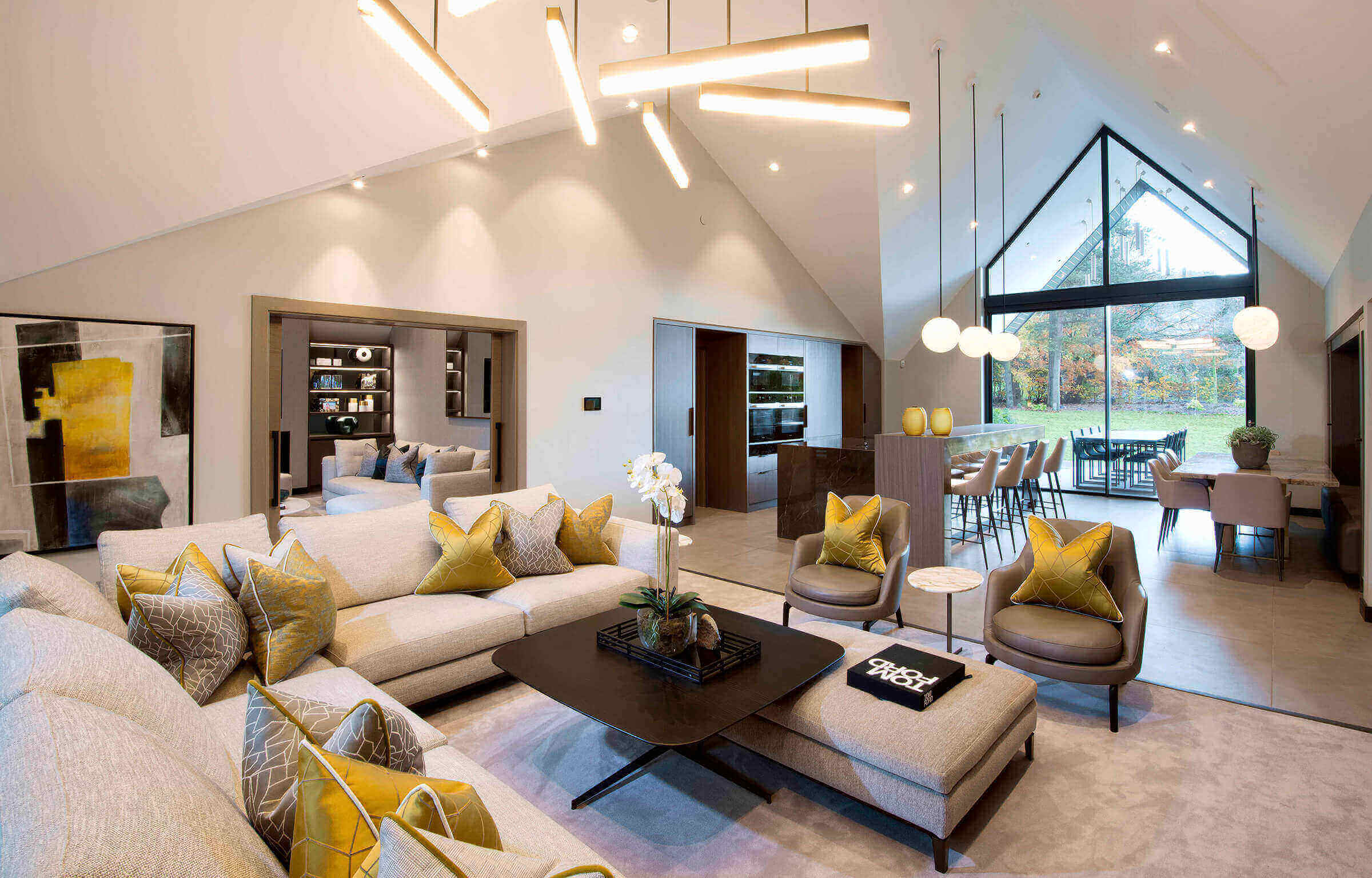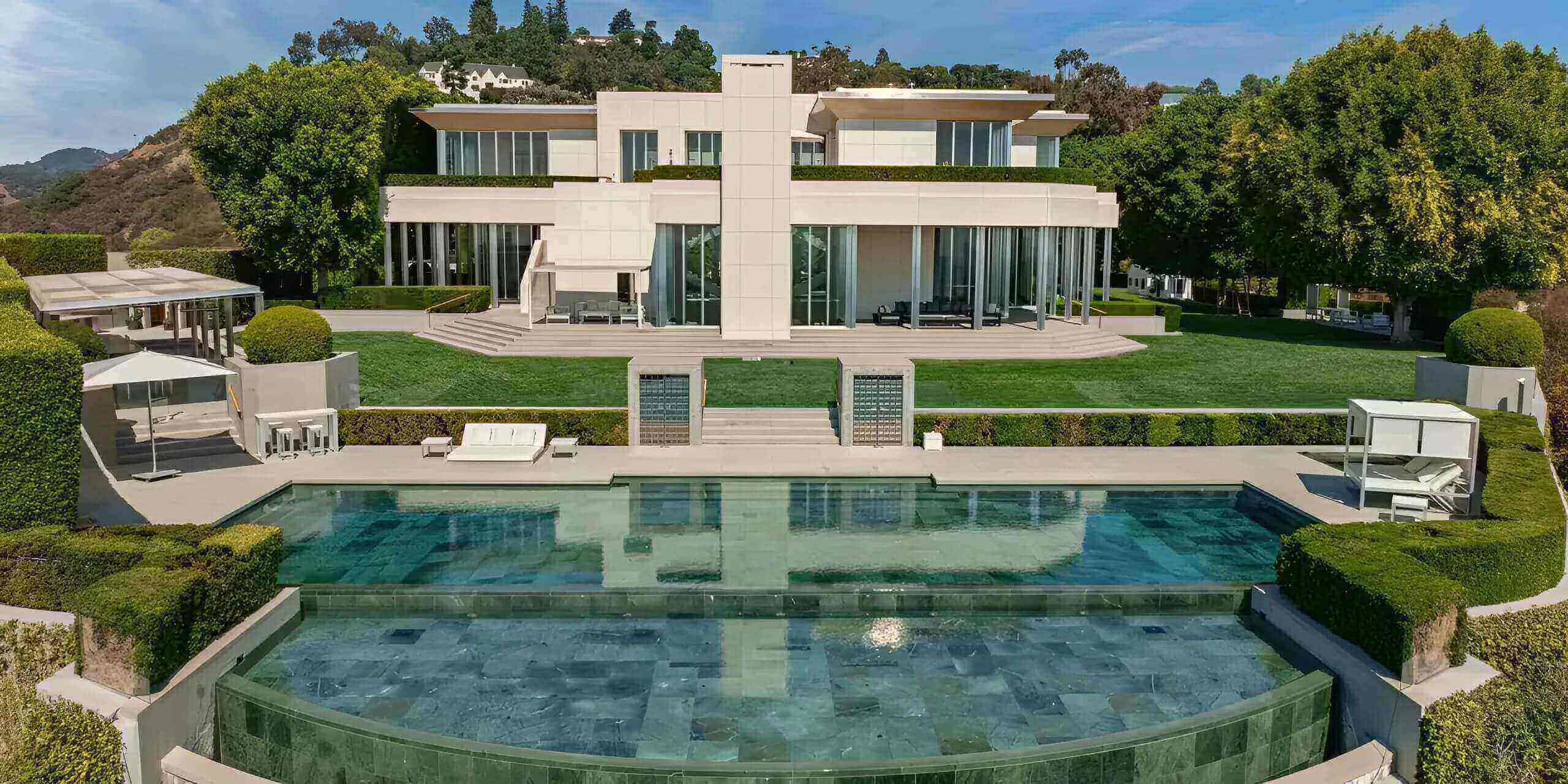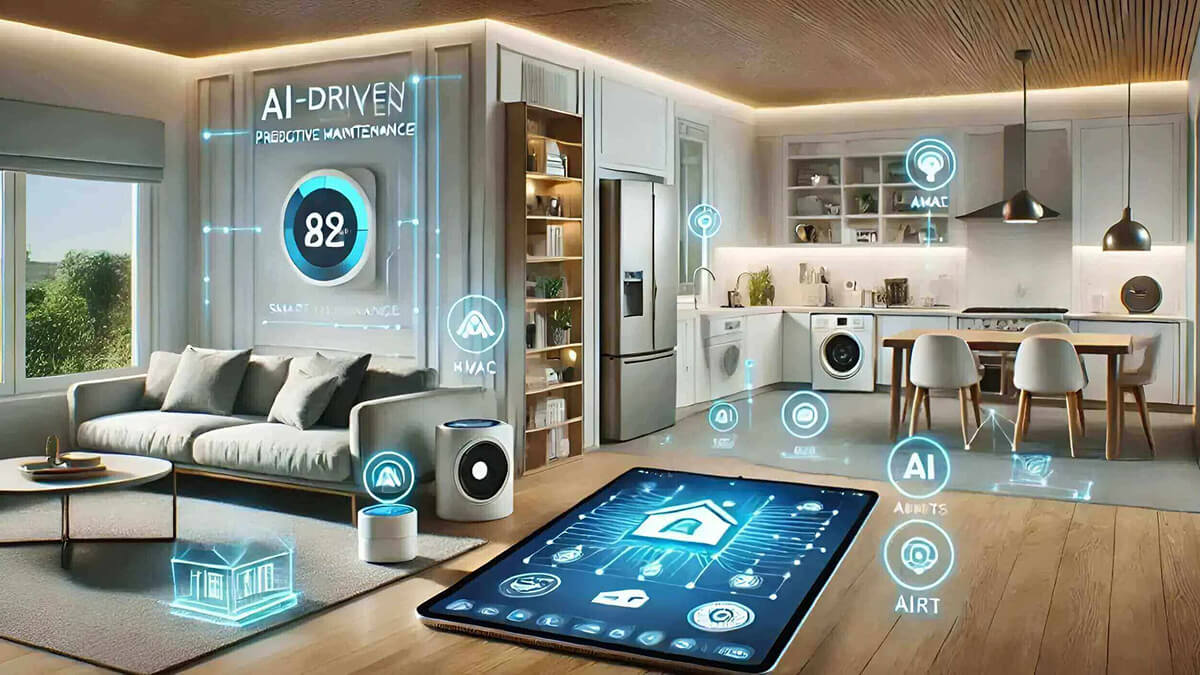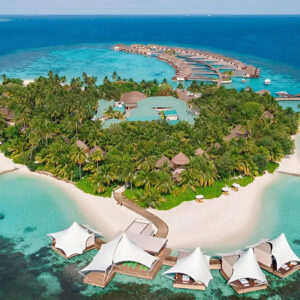Luxury Home Design: Creating Opulent Living Spaces
The world of luxury home design is redefining opulence with cutting-edge trends and sustainable innovations, captivating homeowners in the US, UK, and beyond. From smart home automation to custom Italian marble interiors, affluent residences are blending elegance with technology. This article explores current trends, celebrity-inspired case studies, and predictions for luxury home design in 2025, offering inspiration for lavish living spaces.

Smart home automation is a hallmark of luxury home design, with systems like Nest and Alexa controlling lighting and security. Custom Italian marble interiors, popular in Beverly Hills and London estates, add timeless elegance with unique veining. These features cater to the elite, enhancing comfort and prestige. This integration reflects the evolving taste in luxury home design.
Sustainability is reshaping luxury home design with eco-friendly elements. Solar-powered mansions in California reduce carbon footprints while maintaining grandeur, using high-efficiency panels. Green roofs and reclaimed wood floors, seen in UK luxury homes, blend aesthetics with environmental care. This balance ensures luxury home design remains relevant in a conscious market.
Celebrity homes offer stunning luxury home design case studies. A Beverly Hills estate, owned by a Hollywood star, features a glass-walled infinity pool and gold-accented interiors, valued at $50 million. In the UK, a London mansion boasts a private cinema and smart climate control, reflecting global trends. These examples captivate readers worldwide.

The benefits of luxury home design extend to functionality. Smart systems reduce energy costs by 20-30%, while custom designs maximize space in urban settings. High-end materials like marble and hardwood increase property value, appealing to investors. This practicality enhances the allure of luxury home design.
Challenges in luxury home design include high costs and maintenance. Custom marble installations can exceed $100,000, requiring skilled artisans. Smart tech demands regular updates to avoid obsolescence, adding to expenses. Overcoming these hurdles is key to sustaining luxury home design projects.
Looking ahead, luxury home design in 2025 will integrate AI-driven home systems. AI will optimize energy use and predict maintenance needs, as seen in prototype smart homes. Eco-luxury materials, like bamboo flooring, will gain traction, blending sustainability with style. As of 11:10 PM +07 on Sunday, June 08, 2025, these trends are emerging.

Global scalability shapes luxury home design trends. US mansions lead with tech innovations, while UK homes prioritize heritage with modern twists. Developing nations adopt affordable luxury elements, like LED lighting, inspired by Western designs. This diversity enriches the global luxury home design landscape.
For inspiration, luxury home design can be accessible. Start with smart bulbs or a statement marble accent wall, mimicking celebrity styles. Pair these with sustainable choices like recycled glass tiles, balancing cost and luxury. For more ideas, explore our article on Affordable Luxury Decor Tips.
Privacy is a concern in luxury home design with smart tech. High-profile owners install encrypted systems to protect data, avoiding breaches. Designers must prioritize security alongside aesthetics, ensuring trust. This focus strengthens the appeal of luxury home design.
Celebrity influence drives luxury home design innovation. A Malibu home with ocean views and smart shading reflects Hollywood’s impact, costing $40 million. UK stars favor minimalist luxury with smart kitchens, setting trends globally. These homes inspire aspirational designs.
In conclusion, luxury home design blends opulence with sustainability, from smart automation to eco-materials. Celebrity homes in Beverly Hills and London showcase its potential, guiding future trends. As AI and green tech evolve, this field will continue to inspire.
For more, explore Architectural Digest on luxury homes.
👉 Admire the upper world at Digipay.site.


